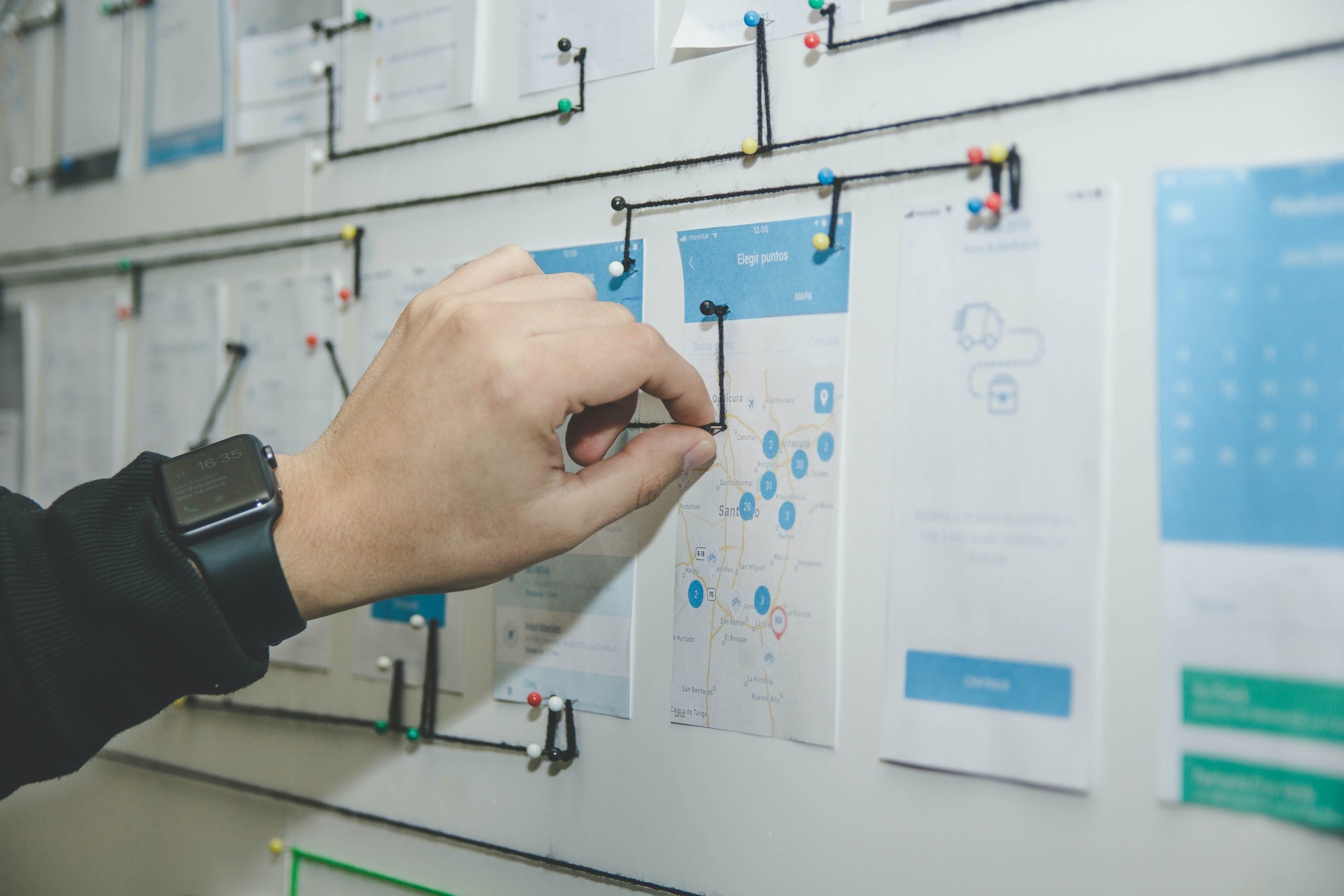Following on from our blog post about user personas, when considering UX and the design process, it’s essential to consider user stories, too, a key building block for creating an incredible user journey throughout your website or digital product and the foundation of a successful user experience. A user story should be simple and get straight to the point. It should also clearly explain a product’s functionality, as well as solutions to any problems.
What is a user story?
Often used on Agile projects, a user story offers a brief description of a feature as viewed by the user (Role to Goal). Here at J B Cole, we follow a three-step rule to create our user stories so that we are always clear on the purpose and objectives of our website and product build:
As a <User Role>
I can <Goal>
So that <Business Value>
For example, a high-level user story for a customer using the Eurostar website, might be: As a customer, I want to book a train ticket so that I can go to Paris.
Creating the user story
Here are five simple steps to writing an effective user story:
Put your user first
What is the user’s purpose for visiting your website, or using your product, and how are they interacting with it? With this in mind, you should be able to capture functionality, and write the story from their perspective.
Personas
A great technique for capturing the insights of your users and customers – working with personas will help you achieve your goal in identifying the problem, which must be solved in order to be successful. A persona in a user story is a semi-fictional character, usually consisting of a name and a set of characteristics. This will help you create a smooth user experience (UX).
Keep it simple
The most effective user stories are those that follow a simple and concise structure. This can be achieved by avoiding confusing language, and ensuring you include the most relevant and up-to-date information. You may find it useful to use paper cards on a wall or board to create a visual journey of the process.
Use epics
A great way to describe and outline new products and features – epics should lay out a product’s functionality within the story, and will help tracking larger features within the product. This is useful for the design team to understand how to address the needs of the user as best they can, whether an epic is broken down into different user stories, with a different scope, or they are all brought together to complete the goal.
Acceptance criteria
Different outcomes can be explored when using acceptance criteria within a user story. They can then be used like a checklist, ensuring your product or service has been successful, and has met the user’s needs. You could also use this criteria to link to any evidence that will support your story.
Conclusion
As such a valued component of your software and web development process, with an effective user story, you can ensure your team will stay focussed on why a particular feature is needed. Stay true to your users, and your users will stay true to you.
If you need a hand with your digital web project or user experience, then get in touch via the contact form below; we’re always happy to help.
For further information on how we can help your company grow through technology please contact us today or call us on 0208 133 8210.
